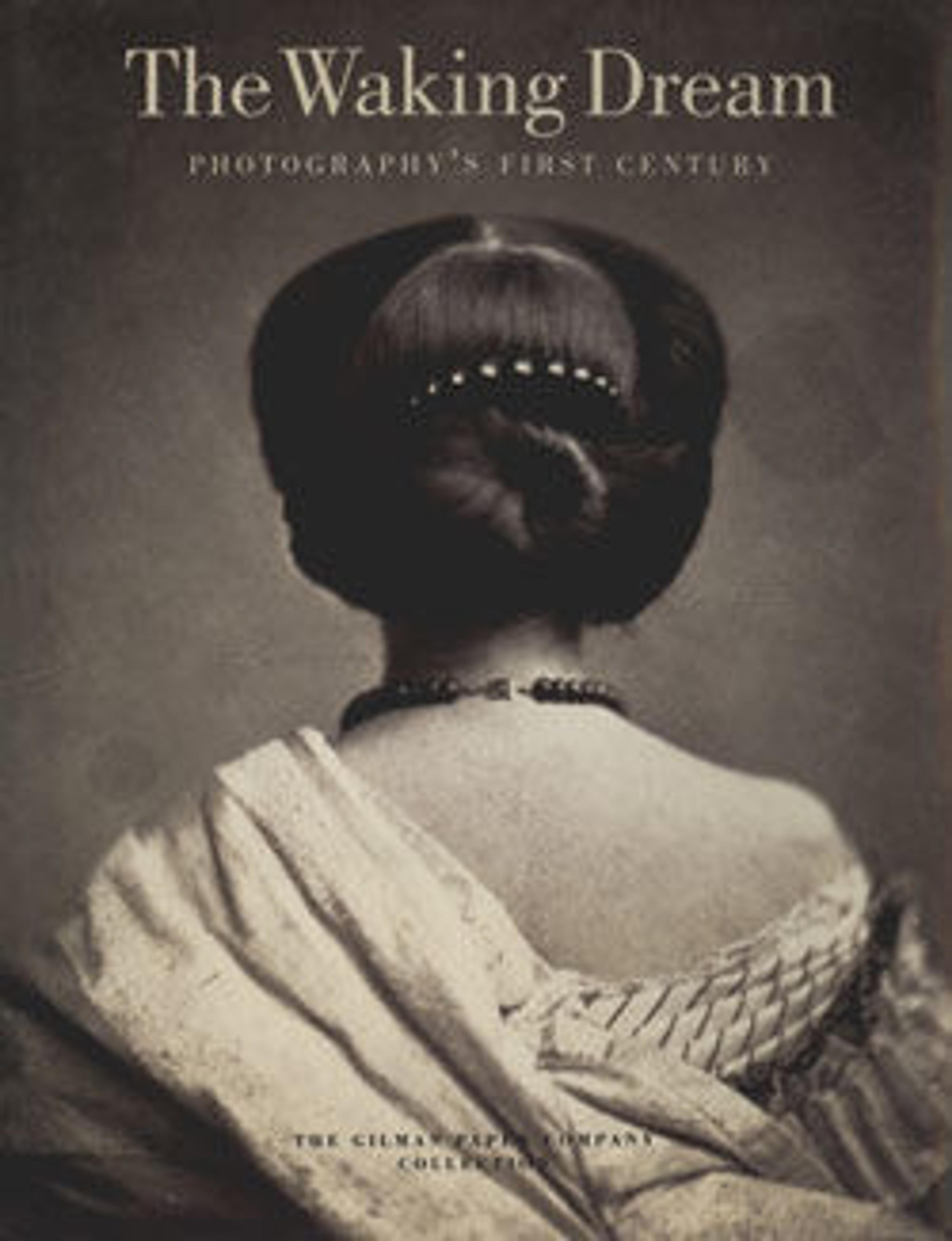Newsboy asleep on stairs with papers, Jersey City, New Jersey
The extensive career of Lewis Hine falls into three interrelated bodies of photographs: immigrants at Ellis Island, studies of child labor, and industrial workers. The last series came to be known as Men at Work, a documentation of the positive side of work which focuses on the construction of the Empire State Building and the men who built it. While his predecessor, the social reformist newspaper reporter Jacob Riis (1849-1914), had no interest in artistic photography, Hine taught camera courses, took his students to Alfred Stieglitz's gallery, and argued that good aesthetics would make persuasive propaganda. A trained sociologist, Hine was a student of the history of photography and used the camera as a vehicle to communicate his message.
In 1908, Hine accepted a position as chief investigator and photographer for the National Child Labor Committee (NCLC), a private organization founded in 1904 whose mission was to promote legislation to protect children from exploitation by American industry. At the time, children as young as four years old labored in a variety of trades eight to twelve hours a day in factories, tenements, and on the streets. For sixteen years Hine worked for the NCLC, often traveling incognito as an insurance inspector, to gain access to the work environment. He photographed throughout the country in mines, farms, canneries, tenement sweatshops, and on the street, ultimately producing more than five thousand negatives of child labor. Small contact prints with rudimentary captions were distributed in large numbers to the press, made into glass slides for projection, and reproduced in books and NCLC bulletins, reports, and pamphlets.
Newspaper sellers, or newsies, fit into the category of street trades, a subject that engendered some of Hine's most lyrical photographs. Although Hine usually recorded the child's age, name, and work habits, he did not disturb this young boy, clearly exhausted from a long day's work. Instead, he captioned the photograph, made in New York City: "A sleeping newsboy found after midnight in the vestibule of a railroad station--newspapers for a pillow." But in fact the picture needs no caption, for the meaning of the scene is clearly stated, the child's hidden face and flattened body a metaphor for all that Hine and the NCLC tried to abolish. Asleep on his unsold goods, the boy is old news, left at the station and forgotten after the departure of the last train.
In 1908, Hine accepted a position as chief investigator and photographer for the National Child Labor Committee (NCLC), a private organization founded in 1904 whose mission was to promote legislation to protect children from exploitation by American industry. At the time, children as young as four years old labored in a variety of trades eight to twelve hours a day in factories, tenements, and on the streets. For sixteen years Hine worked for the NCLC, often traveling incognito as an insurance inspector, to gain access to the work environment. He photographed throughout the country in mines, farms, canneries, tenement sweatshops, and on the street, ultimately producing more than five thousand negatives of child labor. Small contact prints with rudimentary captions were distributed in large numbers to the press, made into glass slides for projection, and reproduced in books and NCLC bulletins, reports, and pamphlets.
Newspaper sellers, or newsies, fit into the category of street trades, a subject that engendered some of Hine's most lyrical photographs. Although Hine usually recorded the child's age, name, and work habits, he did not disturb this young boy, clearly exhausted from a long day's work. Instead, he captioned the photograph, made in New York City: "A sleeping newsboy found after midnight in the vestibule of a railroad station--newspapers for a pillow." But in fact the picture needs no caption, for the meaning of the scene is clearly stated, the child's hidden face and flattened body a metaphor for all that Hine and the NCLC tried to abolish. Asleep on his unsold goods, the boy is old news, left at the station and forgotten after the departure of the last train.
Artwork Details
- Title:Newsboy asleep on stairs with papers, Jersey City, New Jersey
- Artist:Lewis Hine (American, 1874–1940)
- Date:February 1912
- Medium:Gelatin silver print
- Dimensions:Image: 11.5 x 16.8 cm (4 1/2 x 6 5/8 in.)
- Classification:Photographs
- Credit Line:Gilman Collection, Purchase, Ann Tenenbaum and Thomas H. Lee Gift, 2005
- Object Number:2005.100.128
- Curatorial Department: Photographs
More Artwork
Research Resources
The Met provides unparalleled resources for research and welcomes an international community of students and scholars. The Met's Open Access API is where creators and researchers can connect to the The Met collection. Open Access data and public domain images are available for unrestricted commercial and noncommercial use without permission or fee.
To request images under copyright and other restrictions, please use this Image Request form.
Feedback
We continue to research and examine historical and cultural context for objects in The Met collection. If you have comments or questions about this object record, please contact us using the form below. The Museum looks forward to receiving your comments.
